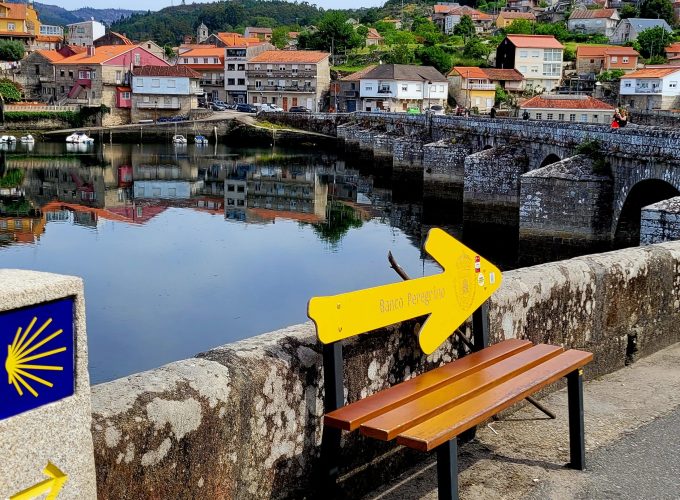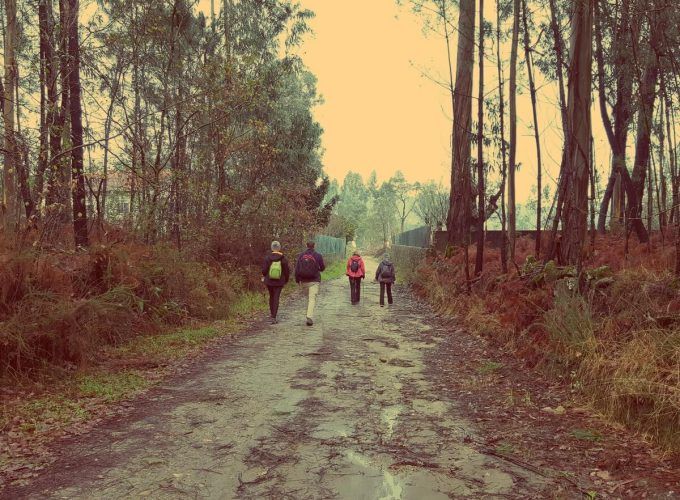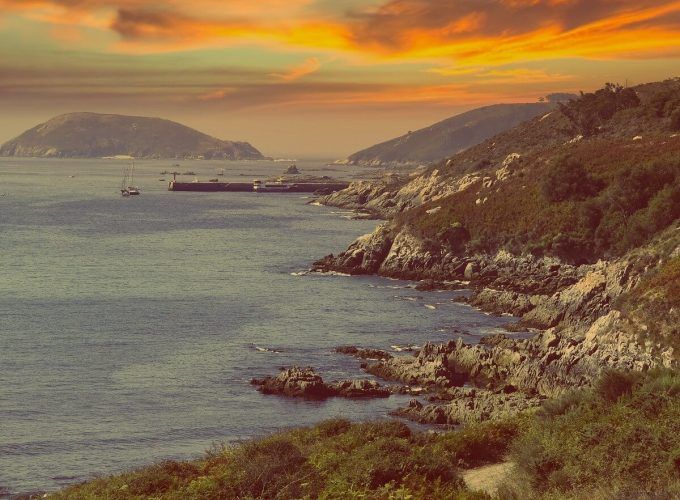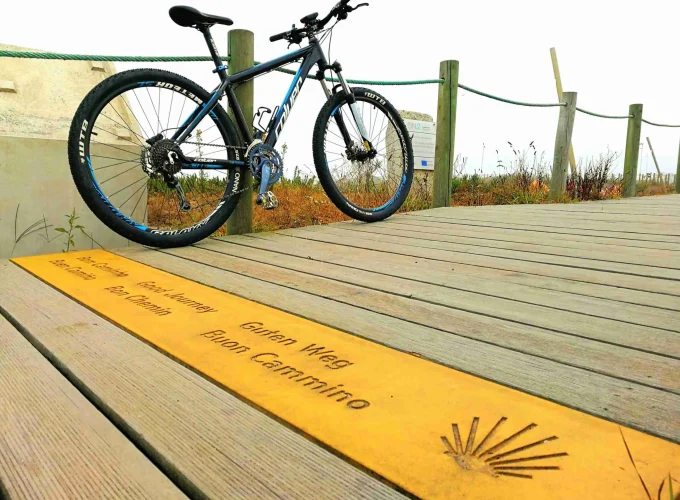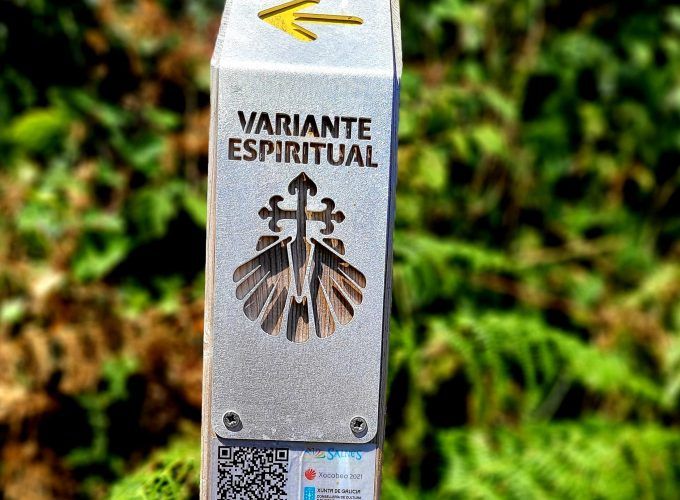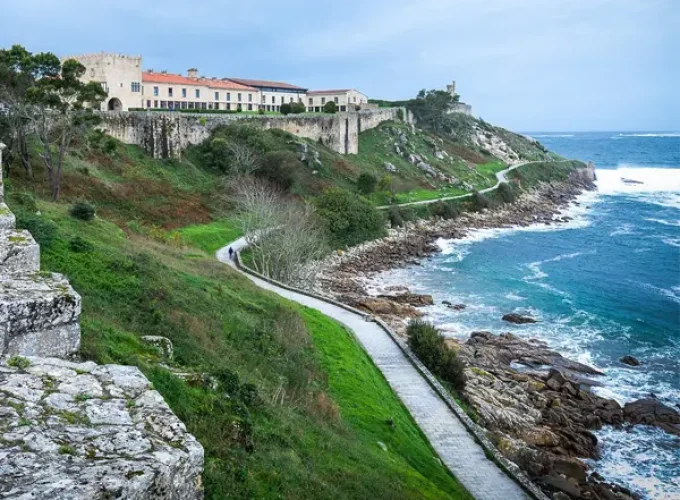The Camino Portugués is the second most popular Camino de Santiago route after the Camino Francés. This historic pilgrimage route Portugal offers a unique journey through stunning landscapes, historic cities, and deep cultural connections. With several path options, pilgrims can choose between the Portugal pilgrimage trail inland, the breathtaking Santiago de Compostela coastal route, or explore spiritual variations in Galicia. Each of these routes provides a different experience, from rural countryside landscapes to scenic coastal views, all leading to the final destination—Santiago de Compostela.
Camino Portugués Route
Discover Portugal’s Pilgrimage Route to Santiago
The Camino Portugués route, often referred to as the Portugal Pilgrimage Trail, is the second most popular Camino de Santiago route. This pilgrimage spans approximately 620 kilometers, starting in Lisbon, Portugal, and ending in Santiago de Compostela, in northwest Spain.
The route begins in the heart of Portugal and winds its way through picturesque countryside, historic cities, and charming coastal towns. Pilgrims on the Pilgrimage Route Portugal traverse remarkable places such as Coimbra, Porto, and Valença before crossing into Spain. The journey continues through the stunning landscapes of Galicia, passing towns like Pontevedra and Padrón, ultimately leading to the awe-inspiring Santiago de Compostela coastal route. Along the way, travelers experience the unique blend of Portuguese and Galician culture, making the Camino Portugués an unforgettable adventure.


